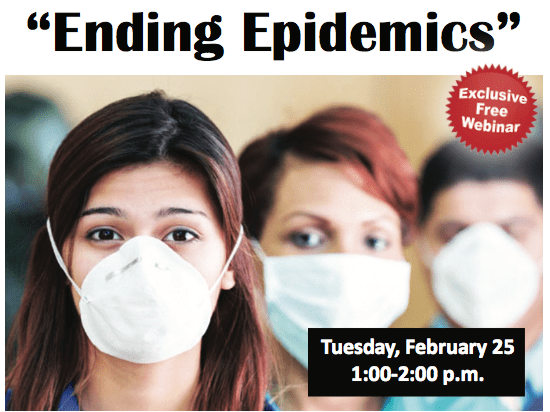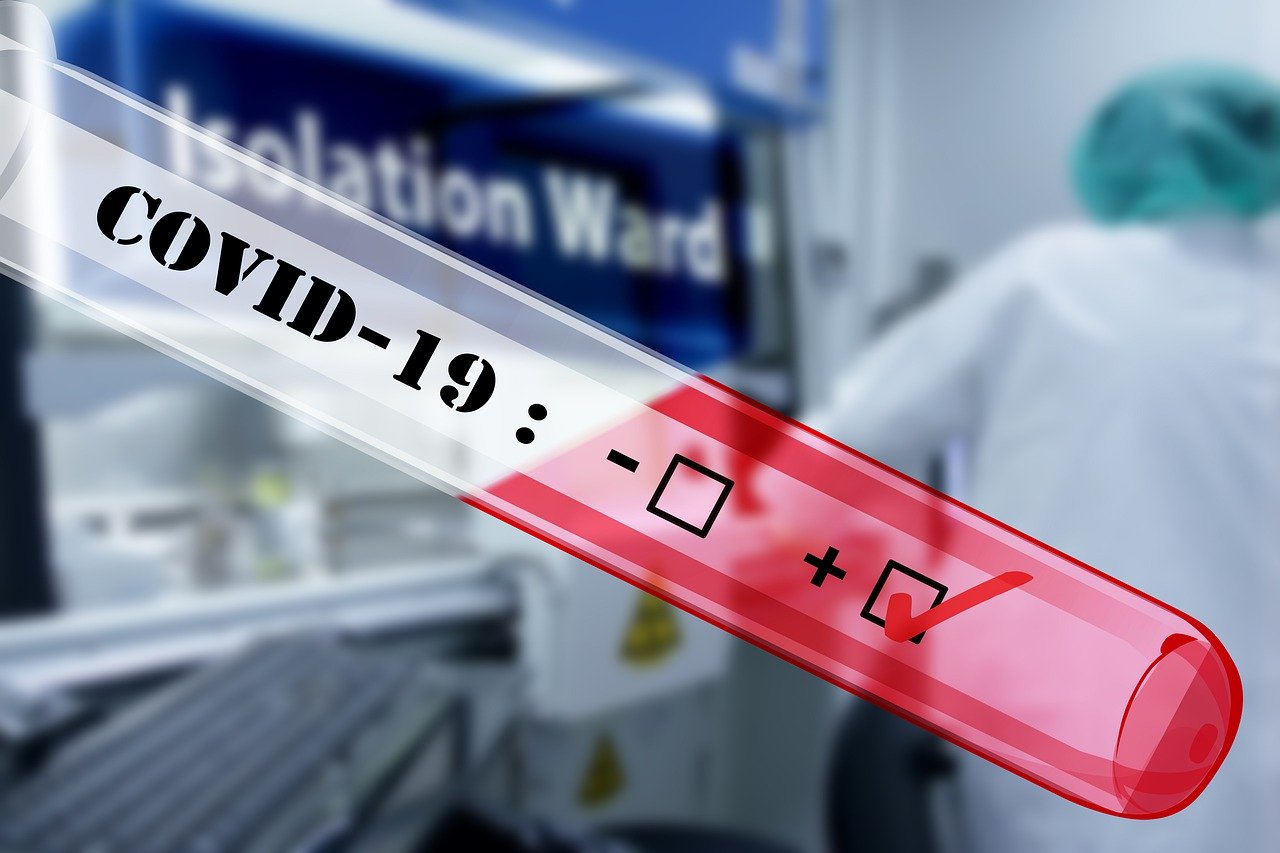The Coronavirus. There is no getting around it. It is very quickly infecting every sector of America and every part of our lives. And unfortunately, it seems to be targeting one of our most vulnerable populations, the elderly.
According to the Centers for Disease Control and Prevention (CDC), more than 1.3 million individuals reside in 15,600 nursing home facilities across the United States.
These facilities house some of our populations, most vulnerable individuals, and their caretakers. And, unfortunately, without the necessary precautions in place, long term care facilities(LTCFs) will likely be the hardest hit by COVID-19.
The first evidence of how vulnerable long term populations are and how quickly the disease can spread through them was seen at LifeCare Center of Kirkland. As of March 24, Seattle and King County had confirmed a total of 94 deaths due to COVID-19.
Thirty-five of these deaths were residents at LifeCare Center, where the disease spread rapidly. Since the tragic events at LifeCare Center, the number of long term care facilities affected by COVID-19 has drastically increased. And it is expected to continue to do so over the coming weeks.
Contagious Diseases in LTCFs
If you have owned, managed, or worked in a long term care facility of any kind. Whether it’s a nursing home, assisted living facility, skilled care facility, or memory unit, you will be familiar with the myriad of challenges faced by LTCFs when it comes to highly contagious diseases.
The inherent nature of long term care facilities makes them breeding grounds for contagious disease. This fact rarely has anything to do with the standard of care offered by the facility. It is, instead, due to so many people living in close quarters, the typically advanced age of residents, and comorbidity.
The extreme functional impairment of residents also factors in at certain facilities where close contact between residents and healthcare workers is essential. The need for close physical contact makes many of the prescribed techniques for the spread of contagious diseases, like no-contact and social distancing techniques, impossible.
For those working in facilities with residents who are cognitively impaired, contact precautions are nearly impossible. And any changes to routine would also cause a crisis all of its own.
Fatality rates of COVID-19 for individuals who are 70 or older fall into the 8-20% range. Making it clear that the mortality rates experienced by long-term care facilities will be significantly higher than the general population.
LTC’s Preparedness for Responding to the Coronavirus
The CDC and the federal government recognized this fact when they instituted guidelines to assess and improve an LTC’s preparedness for responding to COVID-19.
The initial COVID-19 preparation checklist provided by the CDC included plans for:
- Rapid identification and management of ill residents
- Considerations for visitors and consultant staff
- Supplies and resources
- Sick leave policies and other occupational health considerations
- Education and training
- Surge capacity for staffing, equipment, and supplies, and postmortem care
As the situation unfolded, the CDC updated its guidelines and now recommend that LTC’s:
- Restrict all visitation except for certain compassionate care situations, such as end-of-life situations
- Restrict all volunteers and non-essential healthcare personnel (HCP), including non-essential healthcare personnel (e.g., barbers)
- Cancel all group activities and communal dining
- Implement active screening of residents and HCP for fever and respiratory symptoms
Federal, local, and state governments continue to monitor the situation. And have and will continue to institute a variety of orders to prevent the spread of COVID-19.
As we know, the reason that visitor restrictions are in place because once the virus has entered the facility, it can be difficult to isolate it. Although workers should wear gowns, gloves, face masks, and eye protection, supplies of these items may be limited and are generally prioritized for acute care hospitals. Very few LTCF settings have negative pressure (airborne isolation) rooms.
We Recognize That It’s Impossible to Have a Closed System
Even with visitor restrictions in place, visitors to LTCFs are inevitable. From outside healthcare workers coming in to make their rounds. To vendors delivering needed supplies and family members who are allowed in for end-of-life situations. Outsiders will be coming into the facility regularly.
Not to mention that employees go home each day, engage with their families, get groceries, and return each morning. It’s impossible to lock down the facility and isolate residents completely.
Unfortunately, some of these employees may come to work sick with or without symptoms. Asking workers who live paycheck to paycheck to stay home when they are sick has historically been ineffective. And long-term care facilities are often understaffed, so workers are used to feeling the pressure to go into work to care for their residents.
Questions also arise as to who will be admitted into facilities. What do we do with someone who has been diagnosed with COVID-19 who needs to be admitted into an LTCF? It’s reasonable to expect that there will be pressure for LTCF’s to accept discharged hospitalized patients for convalescence or to accommodate sicker patients arriving from the community.
Controlling What We Can
There are so many unanswered questions about COVID-19 that it is easy to feel overwhelmed. It is also easy to place your already limited focus, energy, and resources onto the things outside your control. Right now, it’s crucial to stay focused on what you know to be accurate and what you can control. And one of those things is temperature monitoring.
Temperature Monitoring to Flatten the Curve
Yes, we know that someone can have COVID and be asymptomatic. This is one of the things that are out of our control.
We also know that one of the symptoms of COVID-19 is a fever. And monitoring for fevers is within our control. Turning away visitors who have fevers is also in our control as is sending home employees who show symptoms and have temperatures above 100.4 degrees or higher (or 99.6 for the elderly.)
Recently, Ohio state governor Mike DeWine, pleaded with the businesses in his state to take precautionary measures into their own hands:
“Every employer in this state should take the temperature of everybody who comes in. Literally every single day. We have to take these actions. We can’t do all of this. Everybody has to do this.”
He followed that statement up with the following, which many cities and counties across America have already done.
“If we’re finding we can’t get people to do this, we’re going to have to go to the next stage, which is absolutely close everything down unless it’s essential.”
The importance of taking these measures has been echoed by The Equal Employment Opportunity Commission’ s(EEOC) decision that is measuring employees’ body temperatures are permissible given the current circumstances.
Because the CDC has stated that during a pandemic, employees exhibiting symptoms of influenza-like illness should leave the workplace, the EEOC has confirmed that advising workers to go home is permissible and not considered disability-related if the symptoms present are akin to the COVID-19 coronavirus or the flu.
Temperature Monitoring and Risk of Exposure
The point of taking an employee’s or visitor’s temperature is to decrease the spread of the virus. Unfortunately, those in charge of taking people’s temperatures are likely to be exposed to someone infected. To protect those who are in charge of monitoring others, it’s crucial to decrease their risk of exposure as much as possible. Although recommendations on gowns, gloves, eye, and face protection in these particular circumstances abound, we have another solution.
welloStationX
Long before COVID-19 took hold, we developed welloStationX to address the need to control the spread of epidemics and pandemics by screening the source of infection, contagious humans.
welloStationX is a hands-free, self-service body temperature monitoring kiosk that scans guests and employees before they enter your facility. Guests simply stand in front of the welloStationX™, and it scans the person for elevated temperature.
If they have a temperature below the threshold, the station prints an “I’m wello” sticker for them, and they can go about their work or visit with peace of mind. If a guest arrives with elevated temperature, the welloStationX™ sends designated personnel an email with a picture of the visitor. This alert allows staff to act or begin disease prevention protocols discreetly.
Clinically tested, FDA-Cleared, and proven in hospitals and care centers across the country, welloStationX™ provides temperature data that helps companies and care providers act before infections become epidemics.
“Helping to stop the spread of infection by proactively detecting contagious people with elevated body temperatures, in a self-service fashion, can enable us to stop the disease at a whole new level. Due to the urgent need for infection prevention and control catalyzed by growing antimicrobial resistance, we created a better solution focused on stopping the spread of disease. Humans pass infection, so creating a hands-free, self-service solution to control exposure seemed to be the most logical next step.”
– Rik Heller, Chairman, and CEO of wello® Inc.
We are on a mission to end the spread of infection and make wellness the epidemic. welloStationX’s sole purpose is to help prevent the spread of illness and protect your resident.
Schedule an appointment to learn more!


